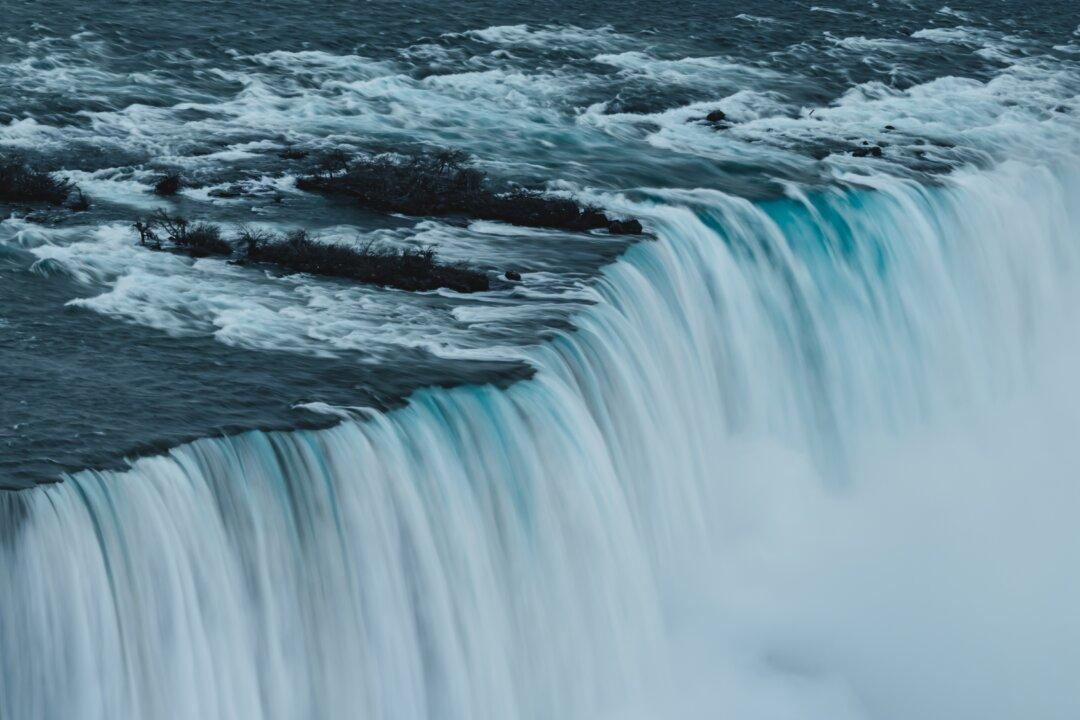A radio telescope has found evidence that planets might form at the same time as their stars, instead of much later as was previously thought.
The telescope detected dark rings in the disk around a nascent star system. The rings could be the first evidence that a star and its planets are forming and evolving together, potentially upending current theories about planet formation and shedding light on the origin of our own solar system.




